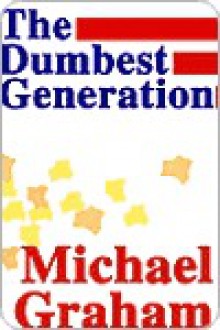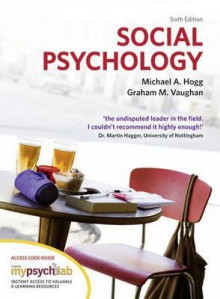
My copy is from the 4th impression of the original Faber and Faber book printed by the Western Printing Services Limited, Bristol. The book was considered important enough to be first printed in 1941, when invasion of England by Hitler’s armies appeared imminent. We already had the 4th impression by 1944, so the book was in regular demand. Its relevance at the time was extreme, as it could only help the farmers struggling against national food shortages that were threatening to bring the British nation to its knees.
The book is very general, but mostly geared to the encouragement of lea farming, as the best way of optimising fertility on many farms. The preface to the book was written by the great agriculturalist E.J. Russell, from Rothamstead Experimental Station in May 1940. Soil and Sense was deemed to be of significant war time value, though it was the Great War, (WWI), to which the written words mostly related.
The book still has a relevance today to the organic farming movement, although written before much was known about the more complicated microbial activities of soil bacteria. Note though, that the farmers best learning experience has always been practical observation of working his own lands. The book is certainly of modern interest to those concerned about the excessive demands on the planet’s agricultural land resources.
The writing is light and entertaining for what is in effect a text-book of agriculture, and Graham’s particular interest in lea farming. This is the breaking of the arable rotation with more-or-less three years of sown grass mixtures, grazed and/or cut and carted. I enjoy reading the book a chapter at a time as a way of being both entertained and relaxed. I’m sure I am biased in the books favour, my copy having once been the possession of my uncle, Bruce, struggling with my father and grandfather to make ends meet on their tenanted Lightleigh farm in North Devon. Leigh translating from Old English leah (area of cleared forest. The light, in agricultural terms is an adjective indicative of sandy soil, not heavy, from leoht (Saxon). I note that most of their income was from netting rabbits, so poor was the land and way they could afford to farm it. Michael Graham would have been appalled that the rabbits were in such great numbers that they could ravage the new sown leas. The book was much needed, to give courage to my family’s farming. Lea farming is certainly a balanced and efficient way to farm not just in North Devon, but across vast swathes of lowland Britain. And of course, what applies for the good management of land in these territories applies equally to many temperate areas of the world.
The reading of this book is a delightful way to be drawn away from the urbanised world into the countryside and its agricultural fields, and so back to the roots of our civilisation, which are the very rootstock of farmed grasses and wheats. Our true wealth is still the land on which we tread, and the richest of the lands aren’t covered in concrete, asphalt, factory and glass, but with natures tapestry, modified by arcadian care, and sustainable methods of farming.
The book is still in print though in some sources, possibly dubiously acquired and profiting. Also note the risk of confusion with other authors who have subsequently written under the name Michael Graham. Humus in the soils, humour in the words and not an ounce of hubris. A book that still should have a place in the organic farmers’ bible.

 Log in with Facebook
Log in with Facebook 









